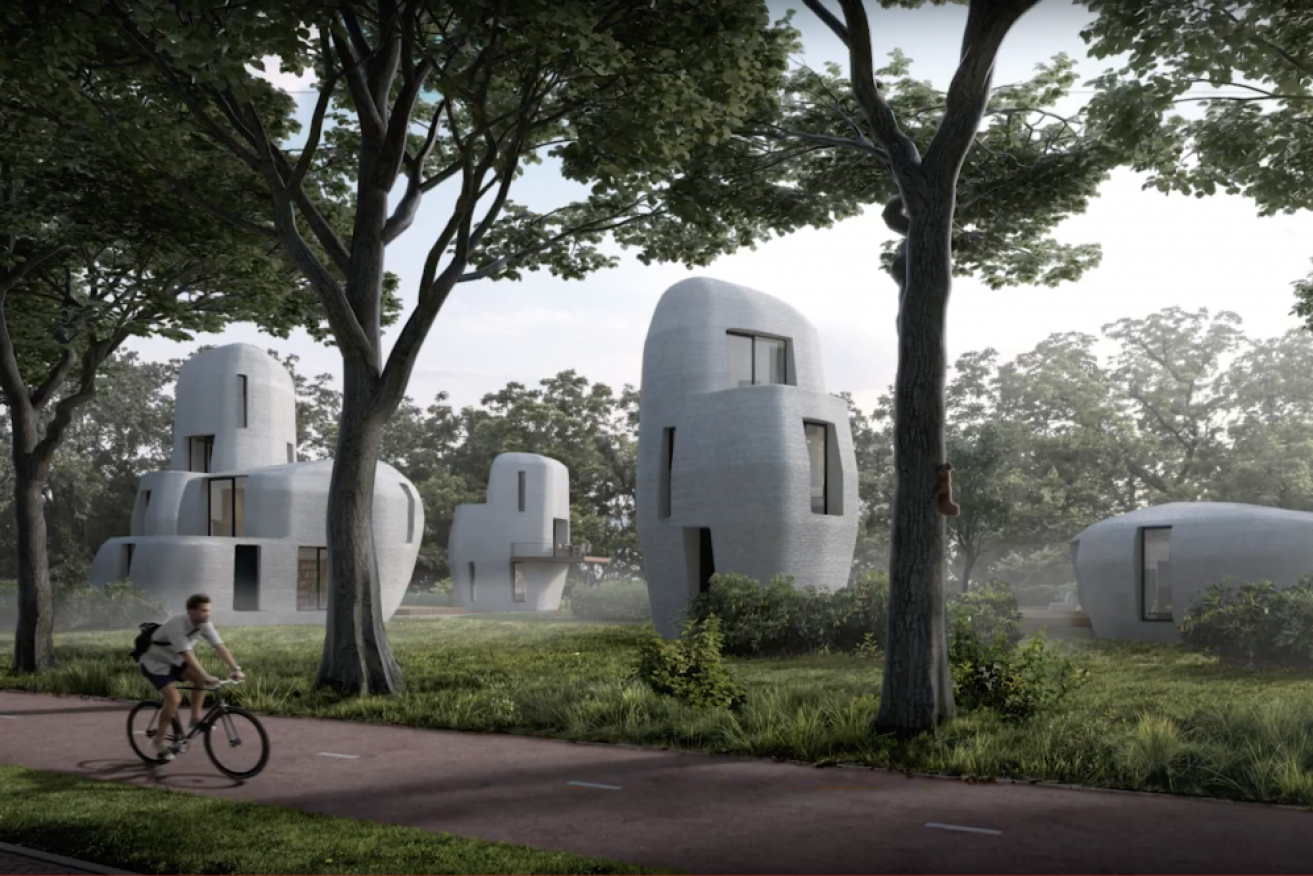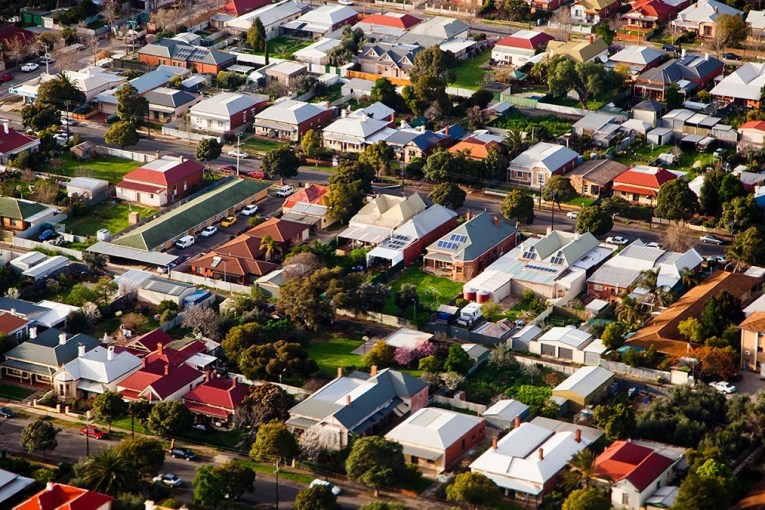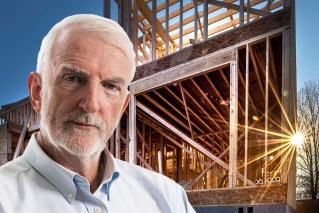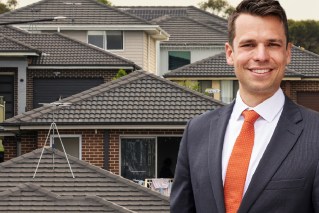High-tech hemp homes: Australia’s 3D-printed green building revolution


A Dutch town will host the world's first liveable 3D-homes, with residents set to move in next year. Photo: Project Milestone
From 3D-printed buildings to hemp-panelled homes, a hi-tech green building revolution is under way across the globe.
An Australian company has revealed plans to roll out 3D-printed hemp homes, thanks to pioneering technology that could transform residential and commercial building.
Positioning itself at the forefront of Australia’s growing hemp industry, Perth-based bio-technology company Mirreco is pursuing a vision of a world where “the dire consequences of global-warming have been averted because we have seized the opportunity to act now”.
Mirreco has developed innovative, carbon-neutral hemp panels for residential and commercial building, which it says can be 3D-printed into floors, walls, and roofs.
The fast-growing plant is capable of absorbing large amounts of carbon dioxide, making it a particularly efficient and environmentally friendly building material.
The panels are “structurally sound, easy to produce, and provide superior thermal performance” to traditional building materials, the company claims.
“Just imagine living and working in buildings that are 3D-printed and available to move into in only a matter of weeks.”
Described as “Aussie ingenuity at its best”, the company recently released the concept for a sustainable hemp home, designed by Perth-based architectural firm Arcforms.
“The floors, walls and roof will all be made using hemp biomass, and the windows will incorporate cutting-edge technology that allows light to pass through glass where it is converted into electricity,” Mirreco says.
The world’s first liveable 3D-printed homes

Five ‘stone shaped’ 3D-printed houses will be constructed in The Netherlands. Photo: Project Milestone
The Dutch town of Bosrijk, near the southern Dutch city of Eindhoven, was recently announced as the site for the world’s first inhabitable 3D-printed houses.
Project Milestone consists of five sustainable, 3D-printed concrete houses, with residents expected to move in as soon as next year.
Built by a consortium of partners and spearheaded by the Eindhoven University of Technology, the project has been described by developers as a “game changer” which will “stimulate 3D building” worldwide.
“With this technology we can do things we couldn’t do before,” EUT Professor of the Built Environment Theo Salet says.

A 3D-printing robot puts down layer-upon-layer of concrete. Photo: Project Milestone








